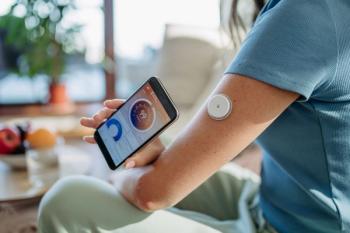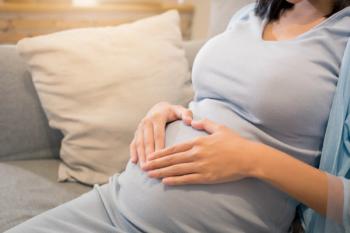
A collective from medical interview records
A collective from medical interview records written by various paramedics, emergency room receptionists, and (we are afraid) a doctor or two at major hospitals.
The baby
Exam of genitalia reveals that he is circus sized.
The skin was moist and dry.
Rectal exam revealed a normal size thyroid.
The patient had waffles for breakfast and anorexia for lunch.
She stated that she had been constipated for most of her life until 1989 when she got a divorce.
Between you and me, we ought to be able to get this lady pregnant
The patient was in his usual state of good health until his airplane ran out of gas and crashed.
I saw your patient today, who is still under our car for physical therapy.
The patient lives at home with his mother, father, and pet turtle, who is presently enrolled in day care three times a week.
Bleeding started in the rectal area and continued all the way to Los Angeles.
Both breasts are equal and reactive to light and accommodation.
She is numb from her toes down.
Exam of genitalia was completely negative except for the right foot.
While in the emergency room, she was examined, X-rated and sent home.
The lab test indicated abnormal lover function.
The patient was to have a bowel resection. However he took a job as a stockbroker instead.
Occasional, constant, infrequent headaches.
Coming from Detroit, this man has no children.
Examination reveals a well-developed male lying in bed with his family in no distress.
Patient was alert and unresponsive.
When she fainted, her eyes rolled around the room.
Newsletter
Get the latest clinical updates, case studies, and expert commentary in obstetric and gynecologic care. Sign up now to stay informed.










